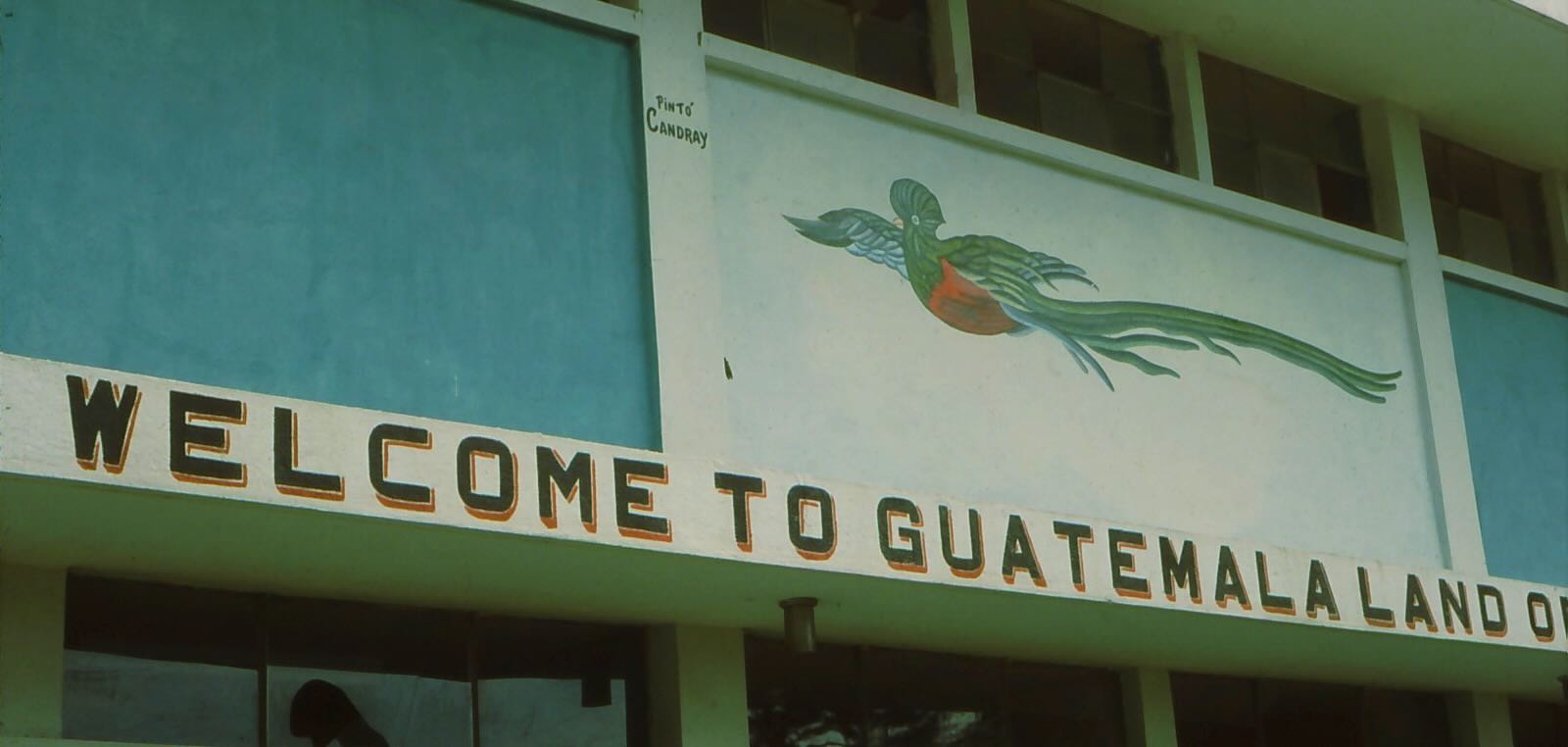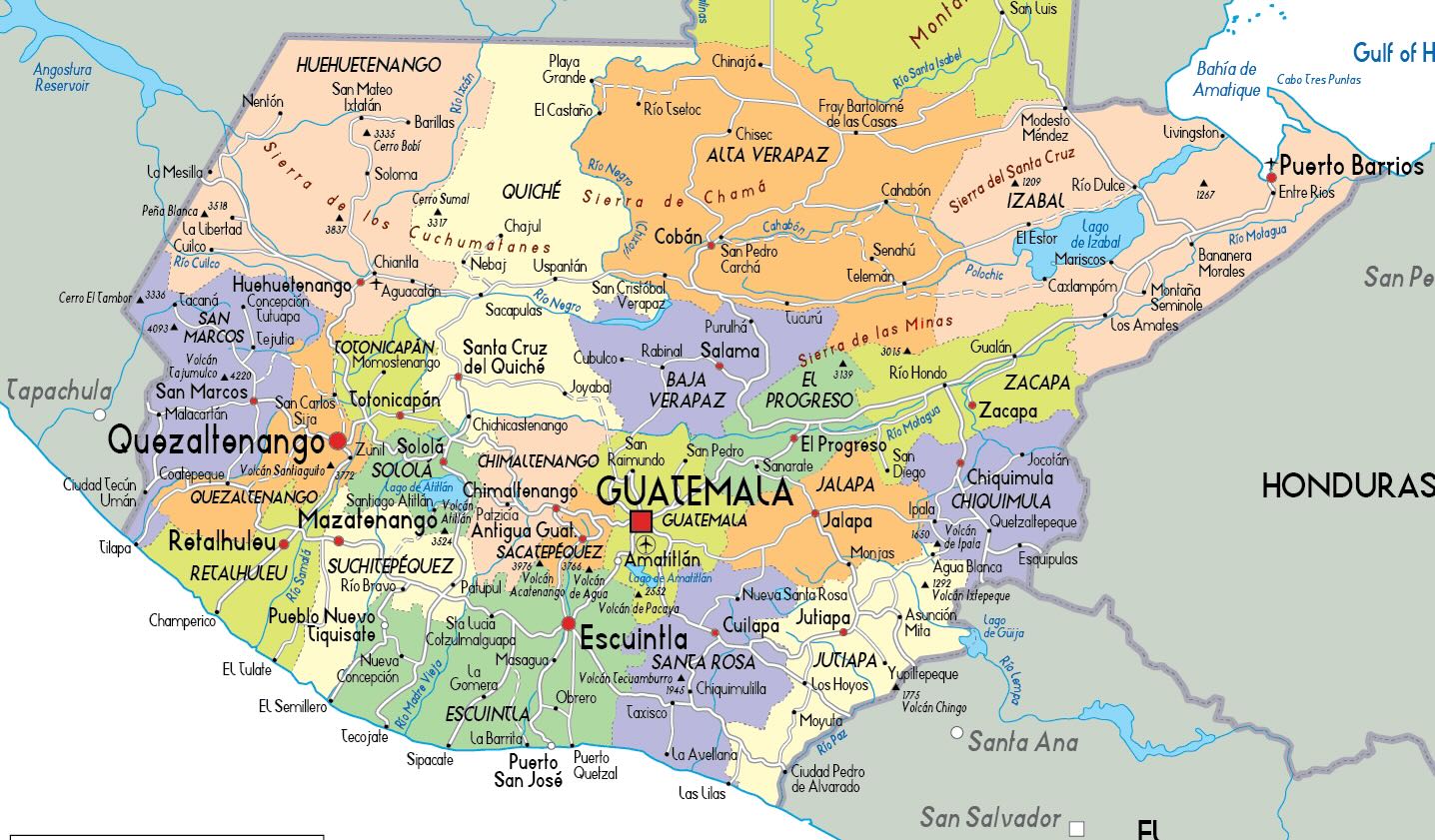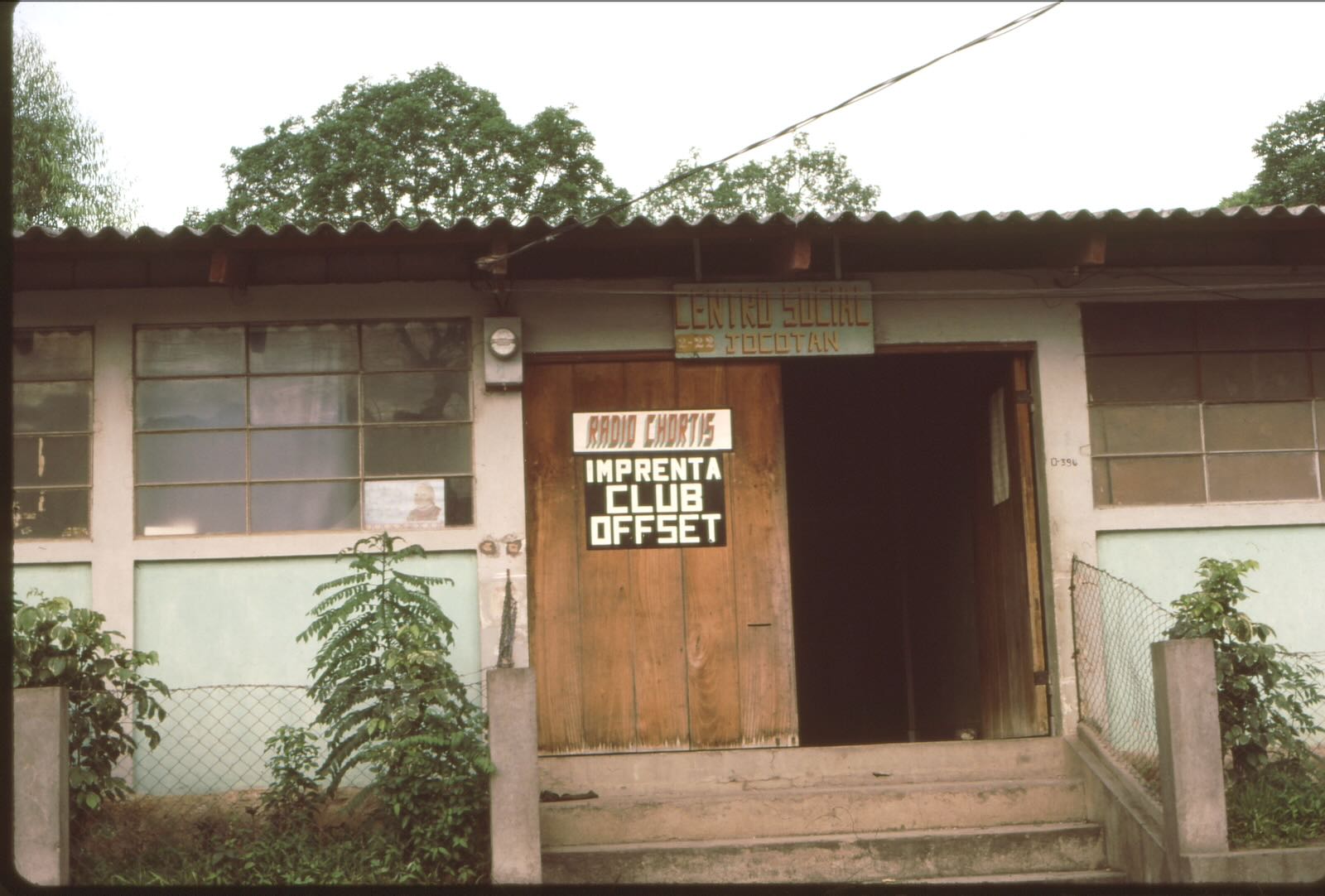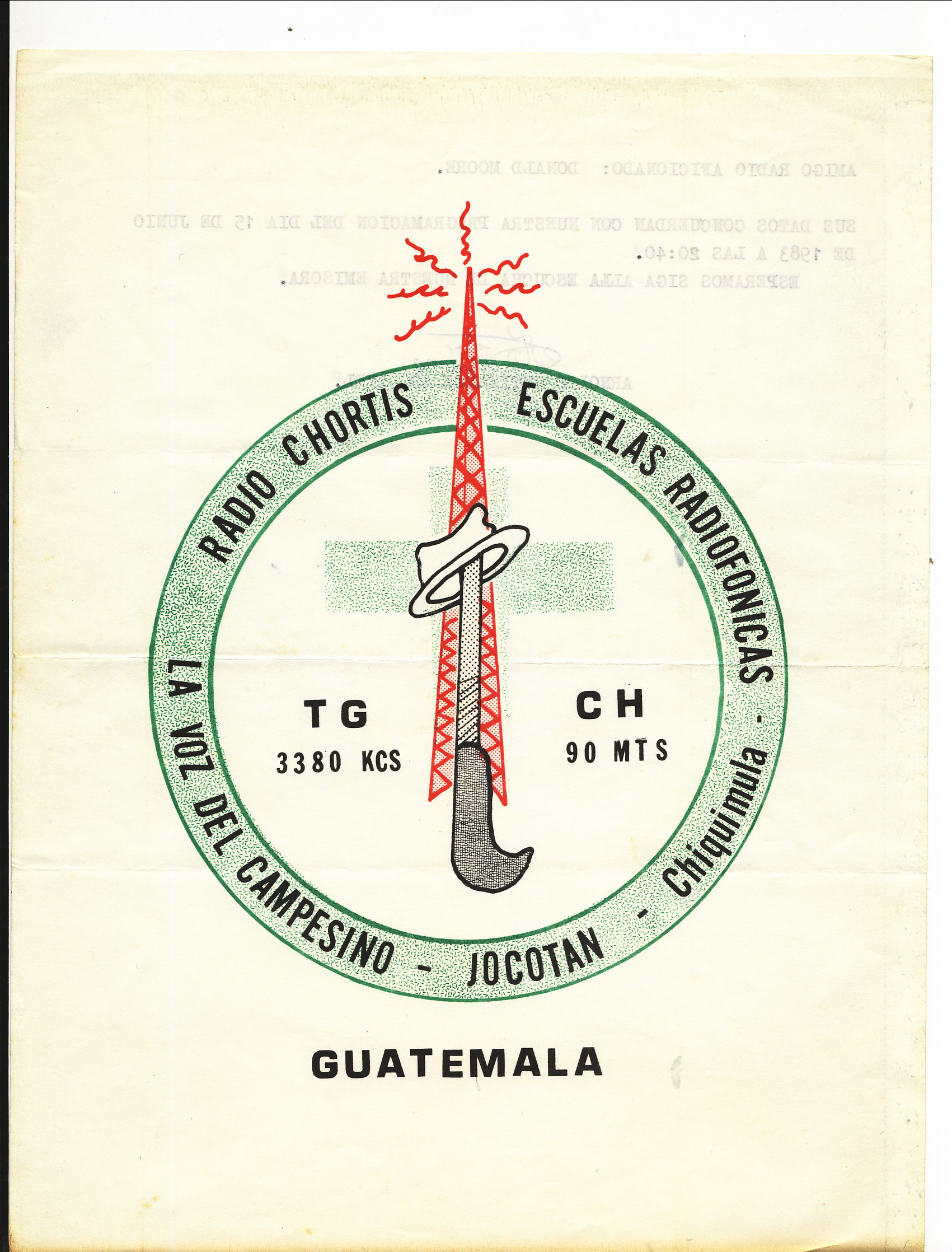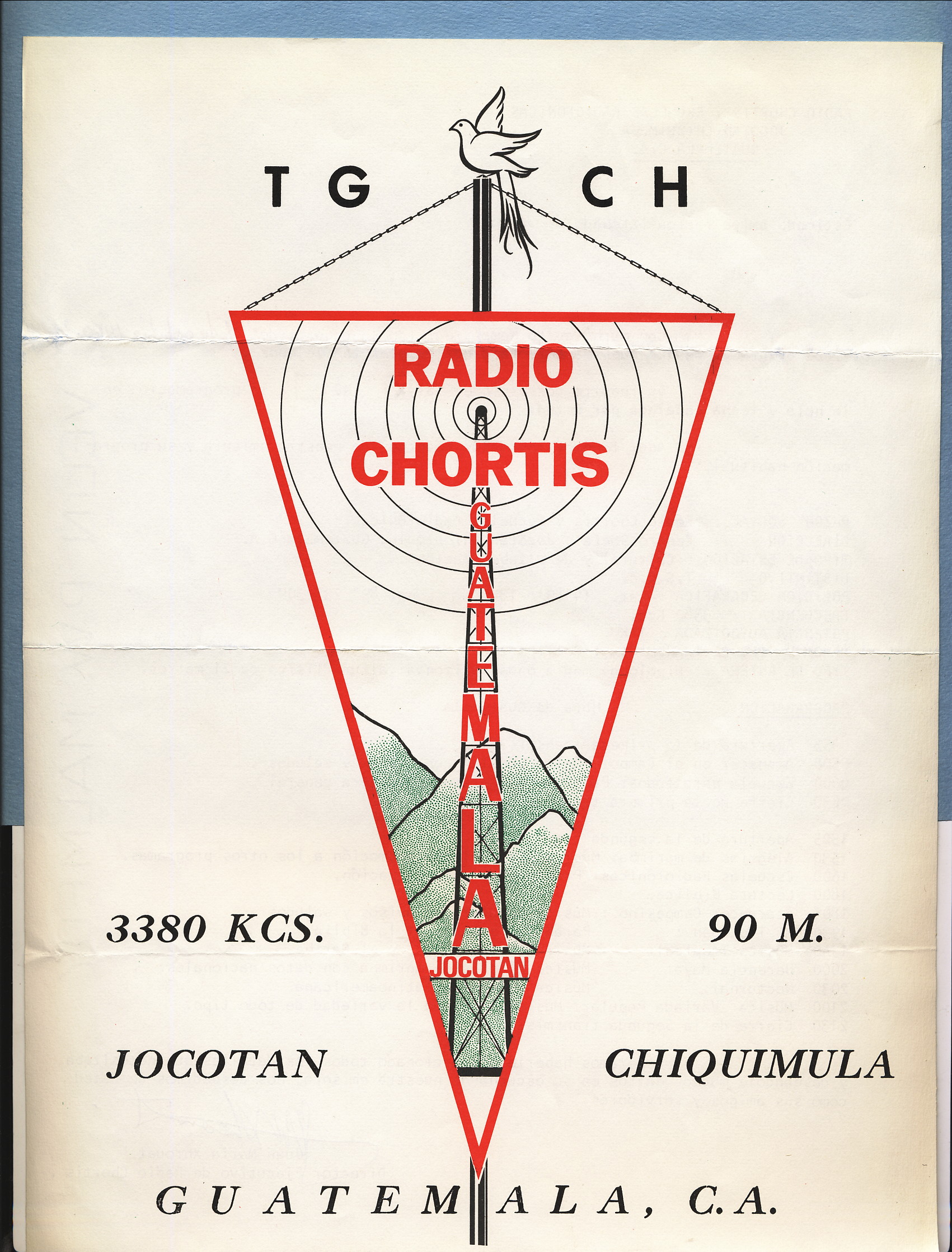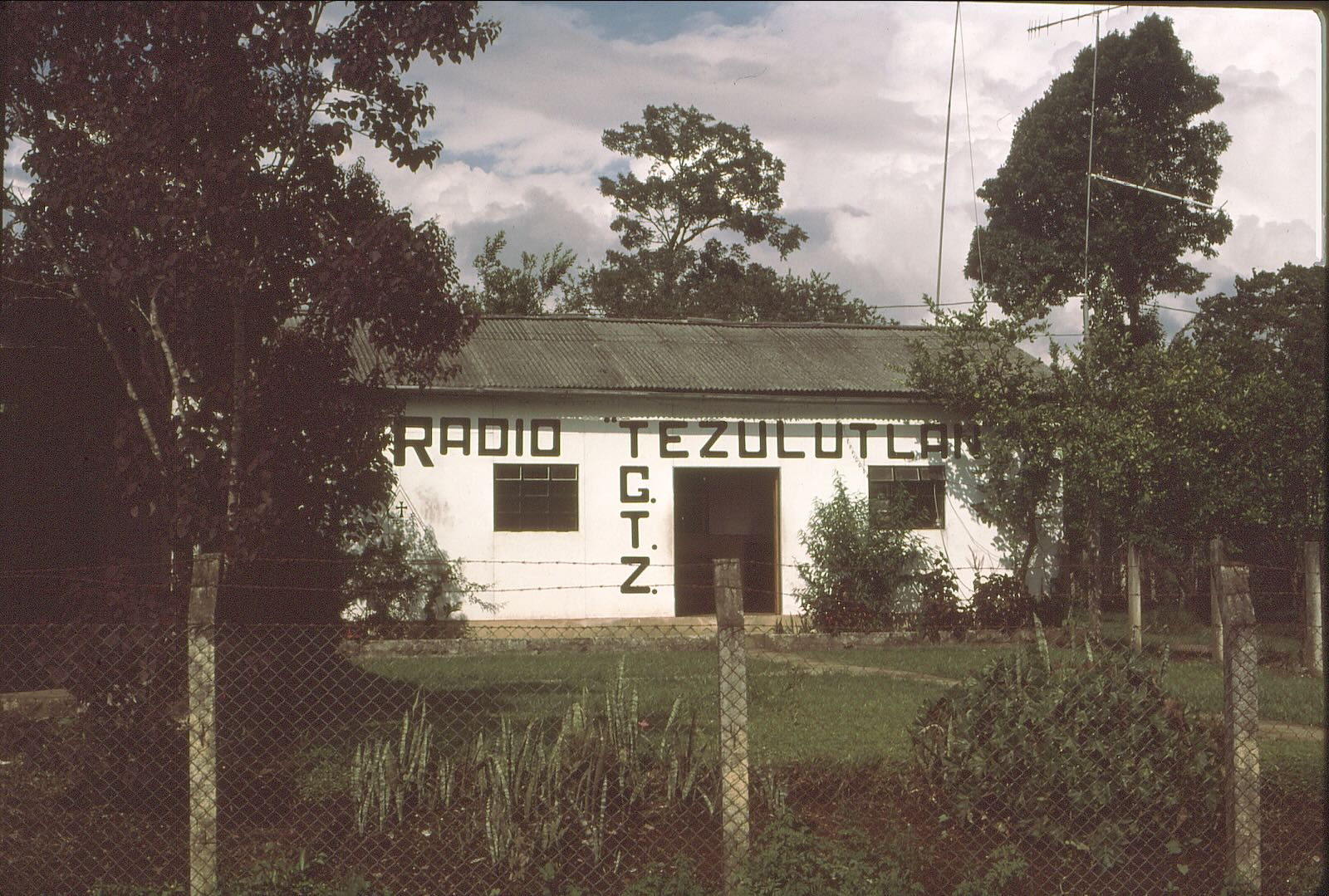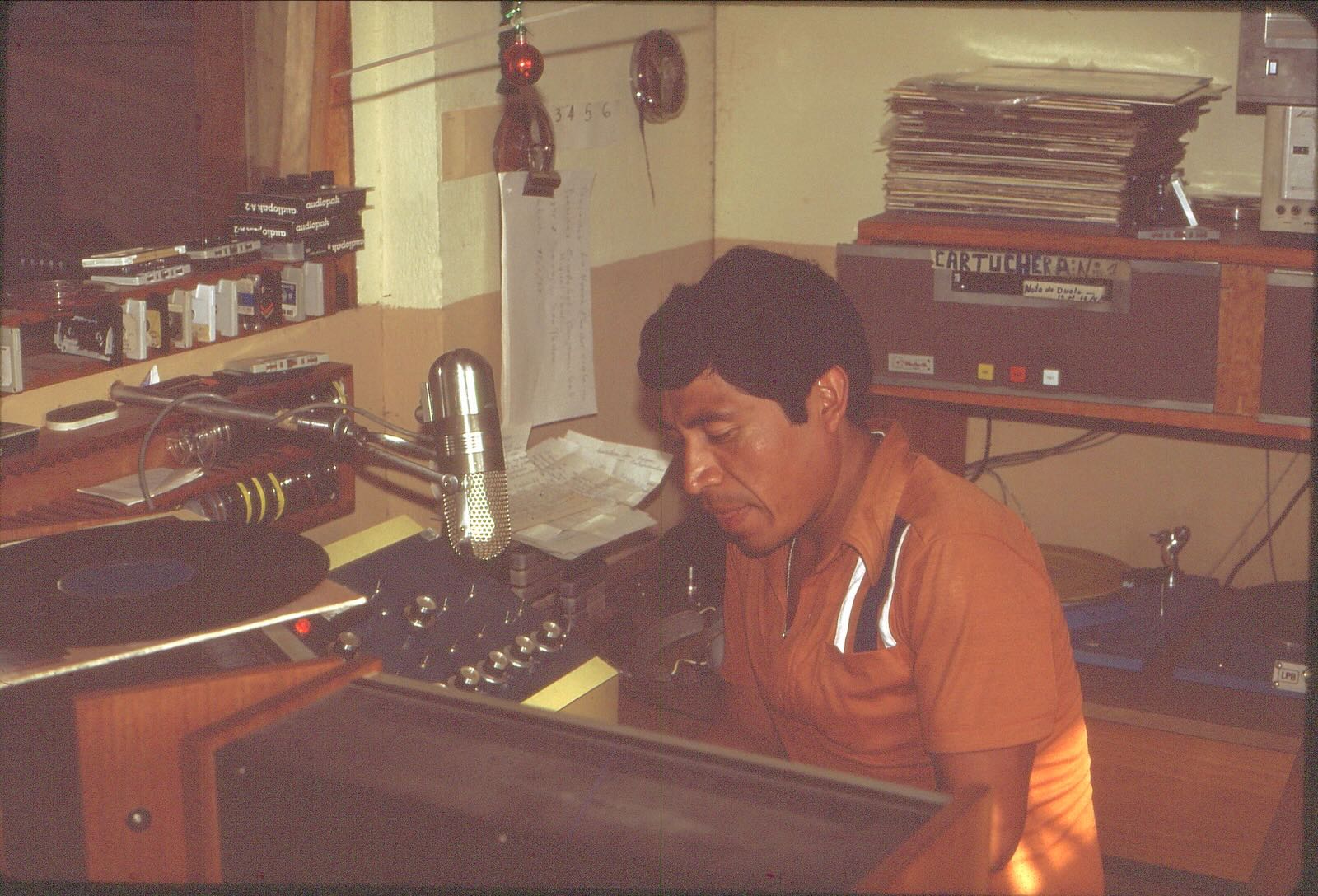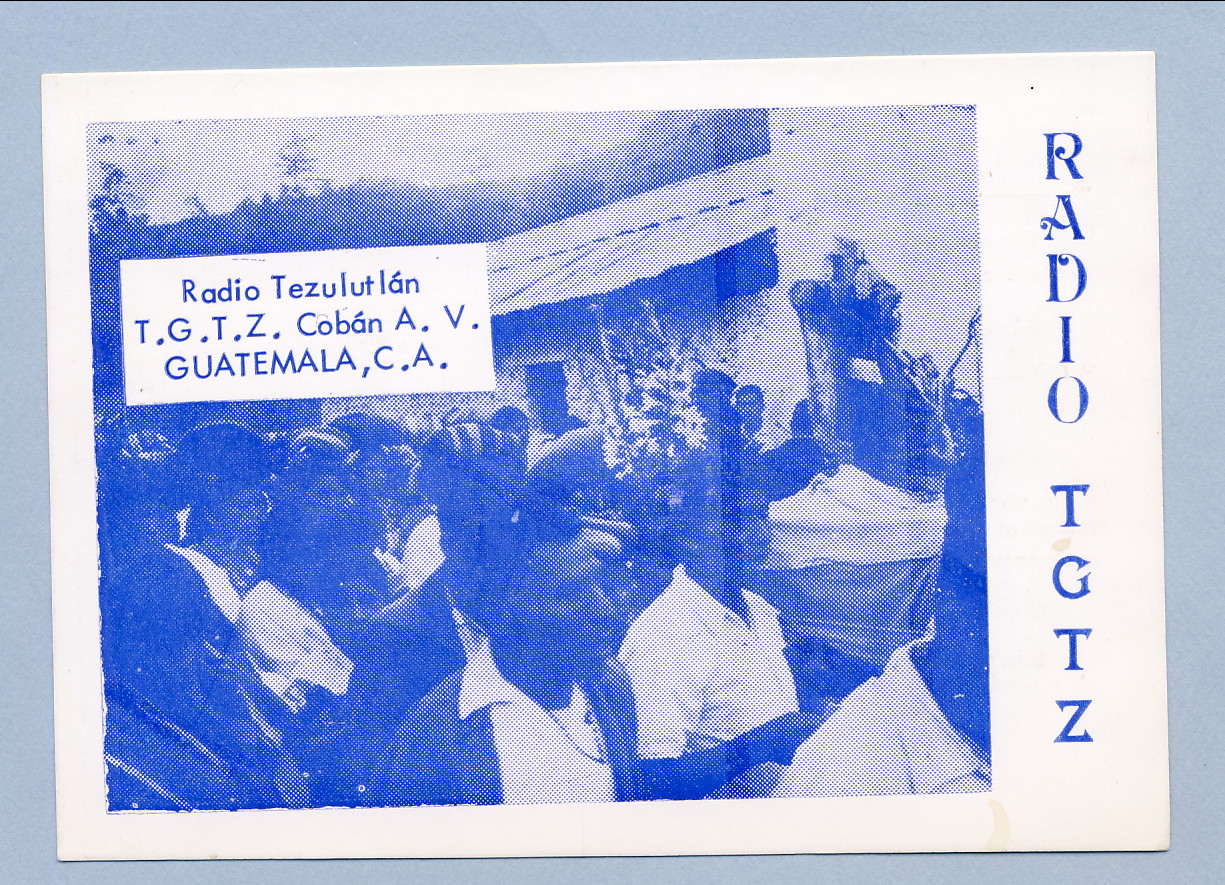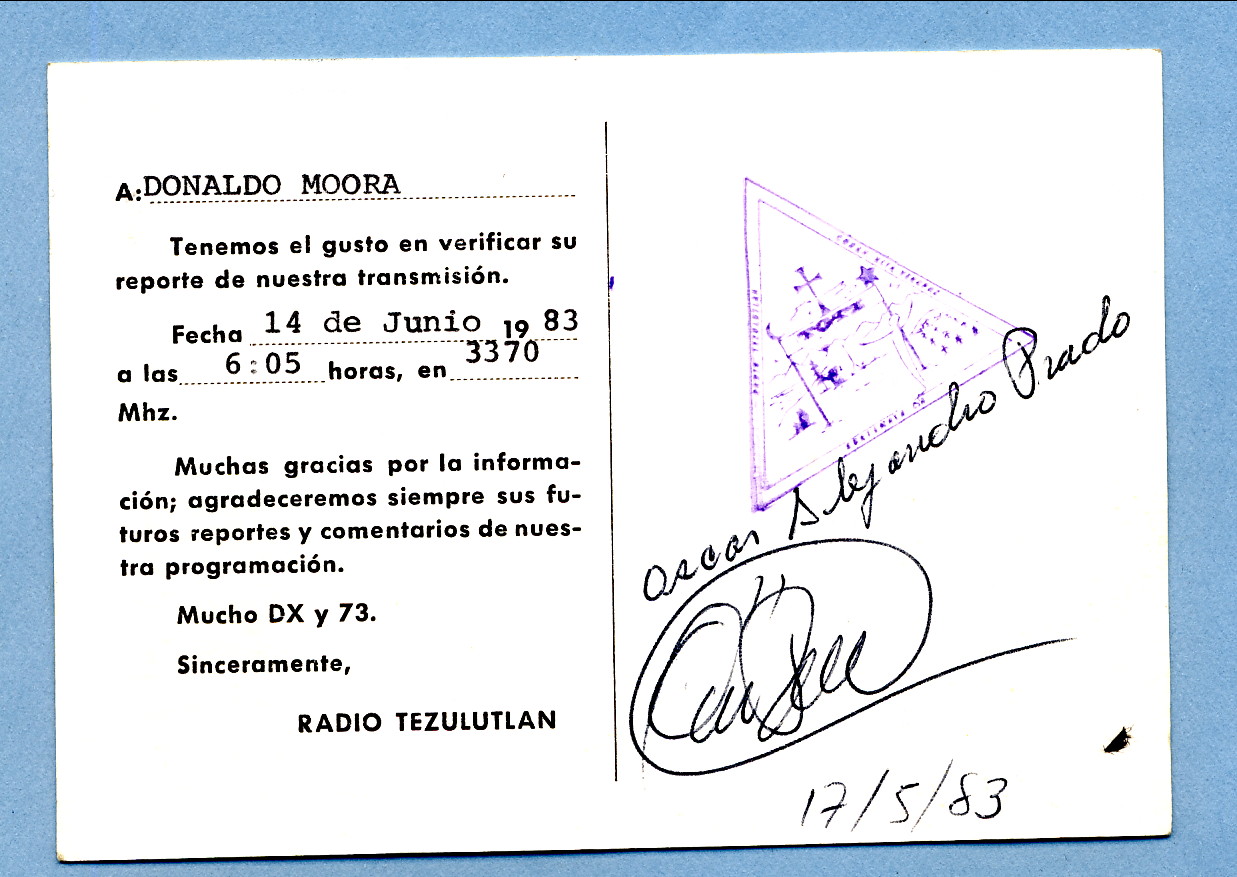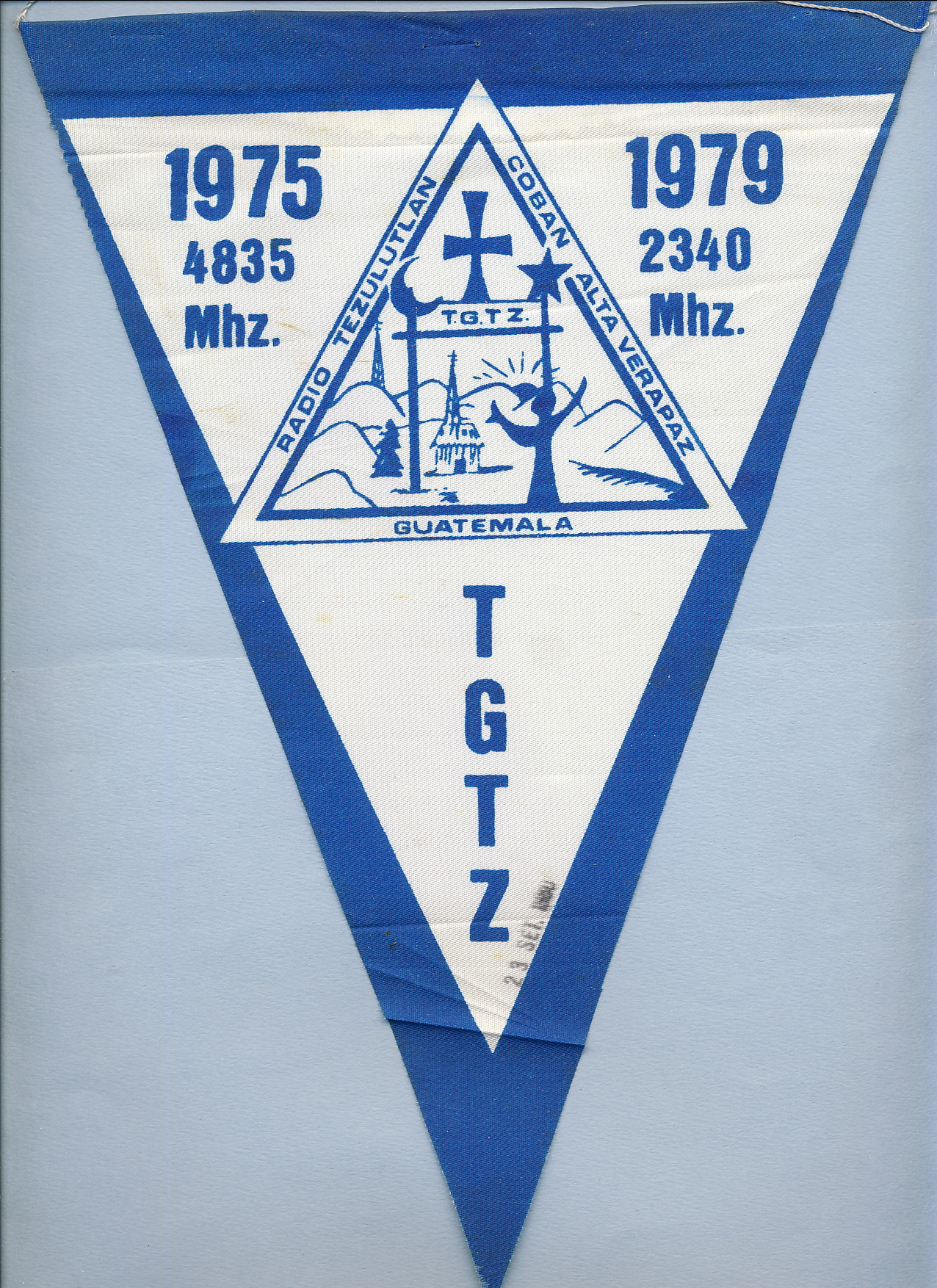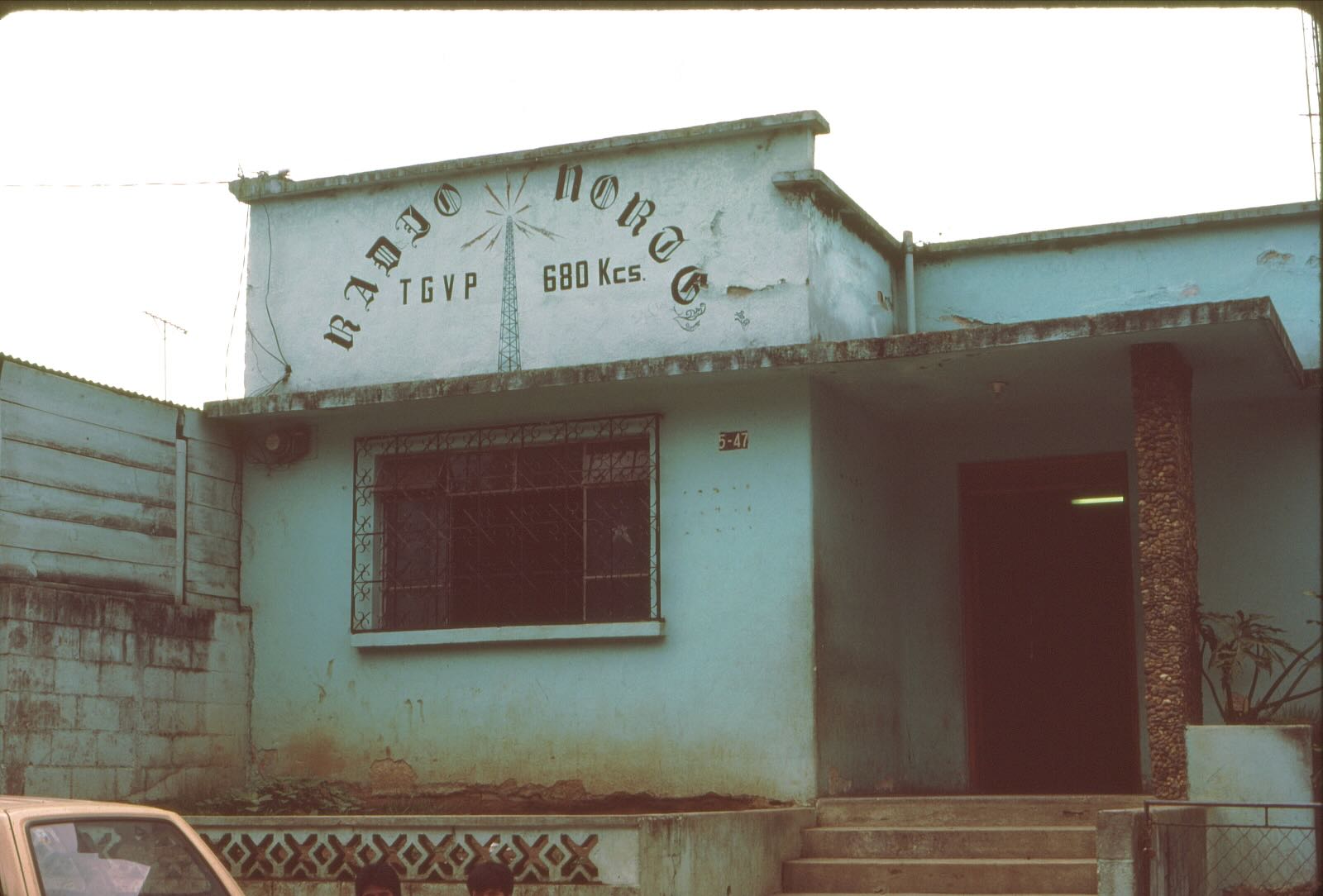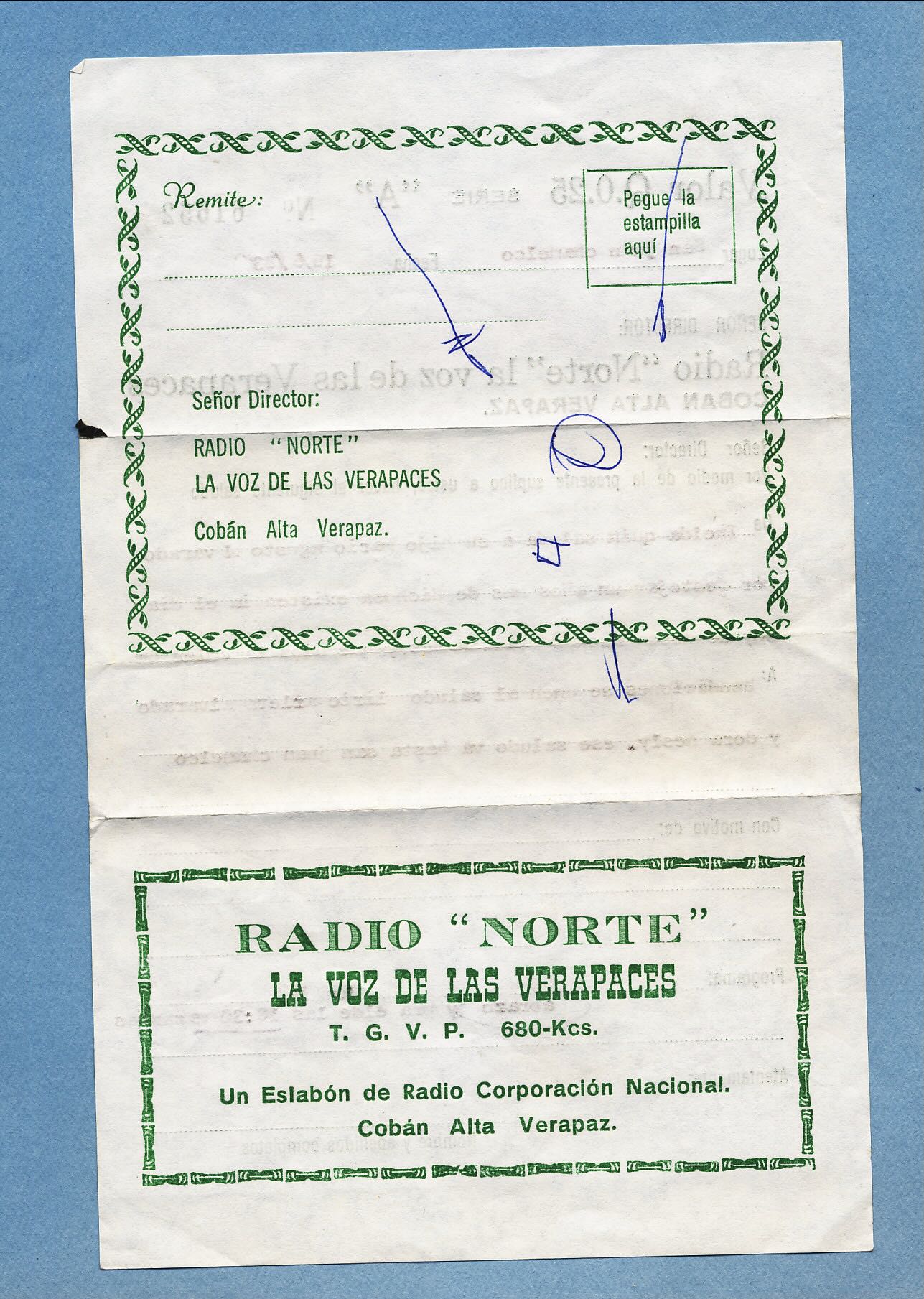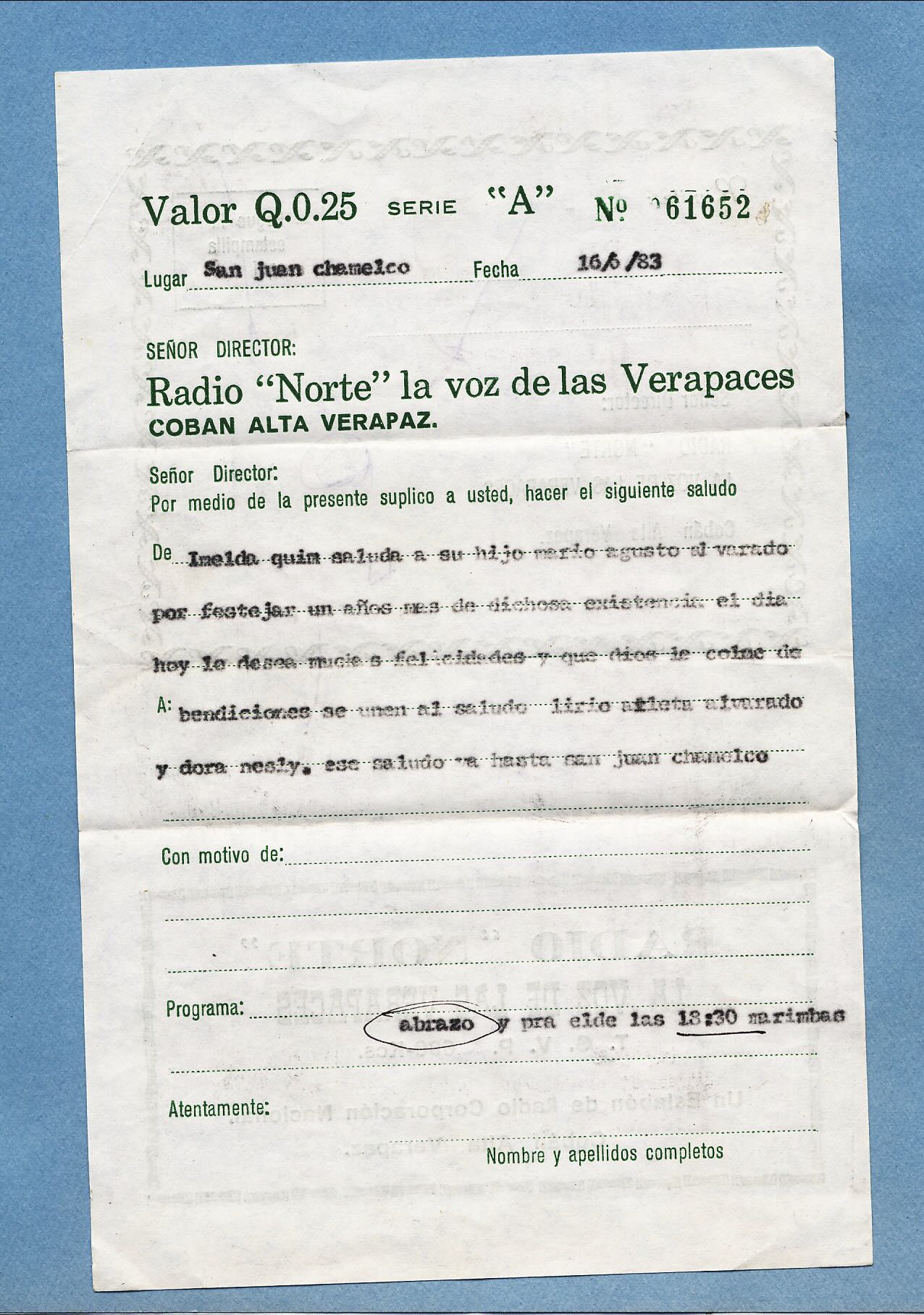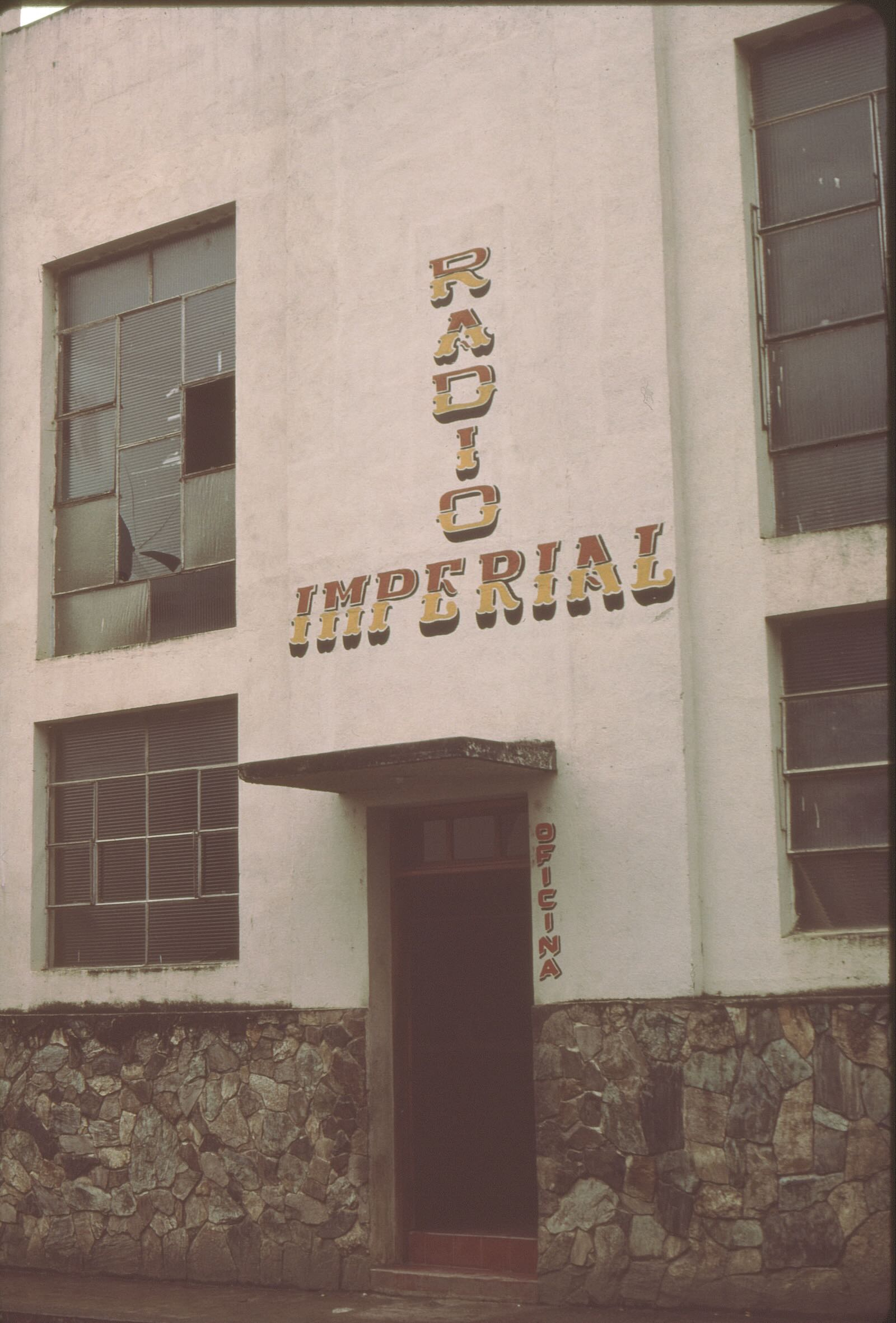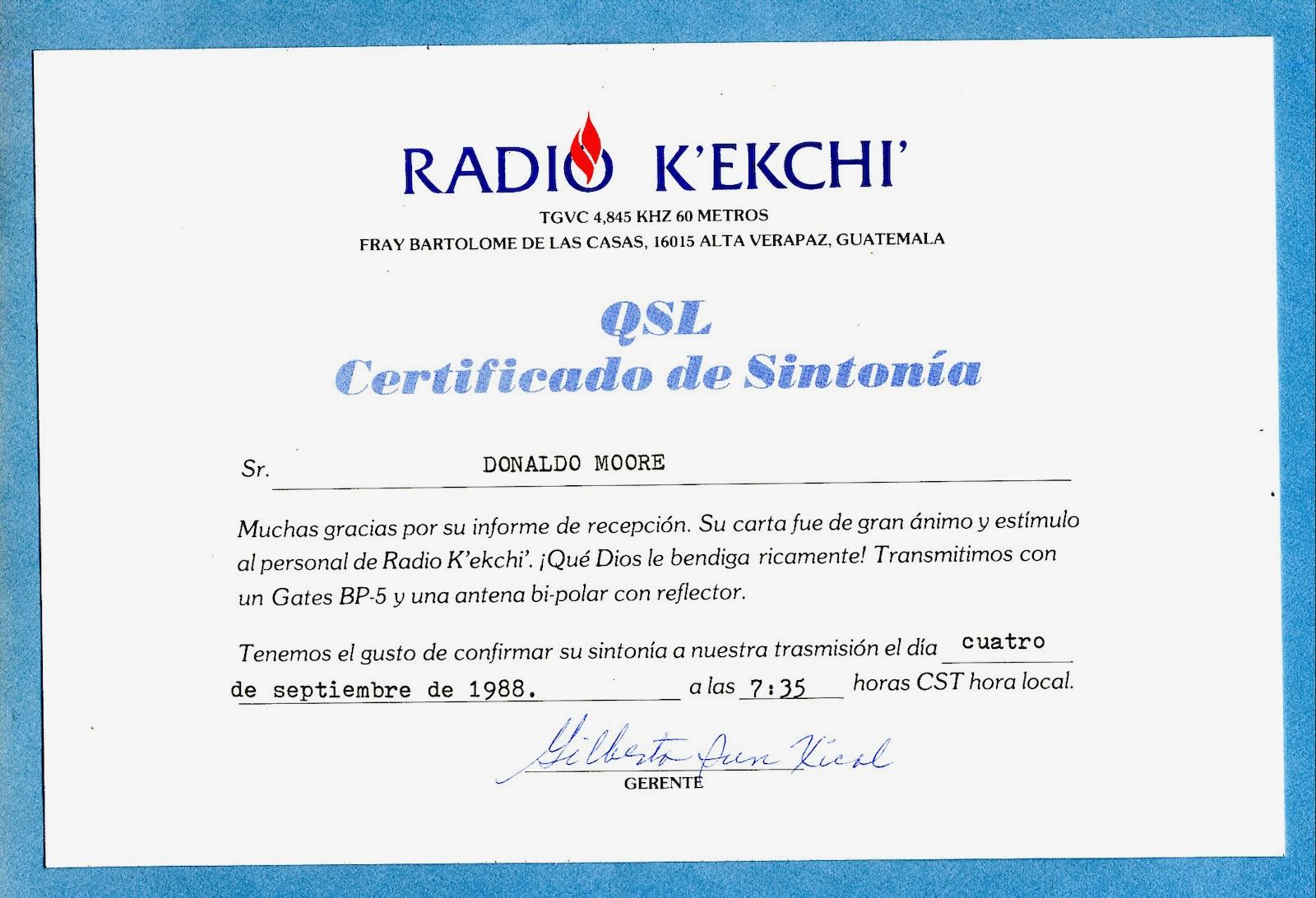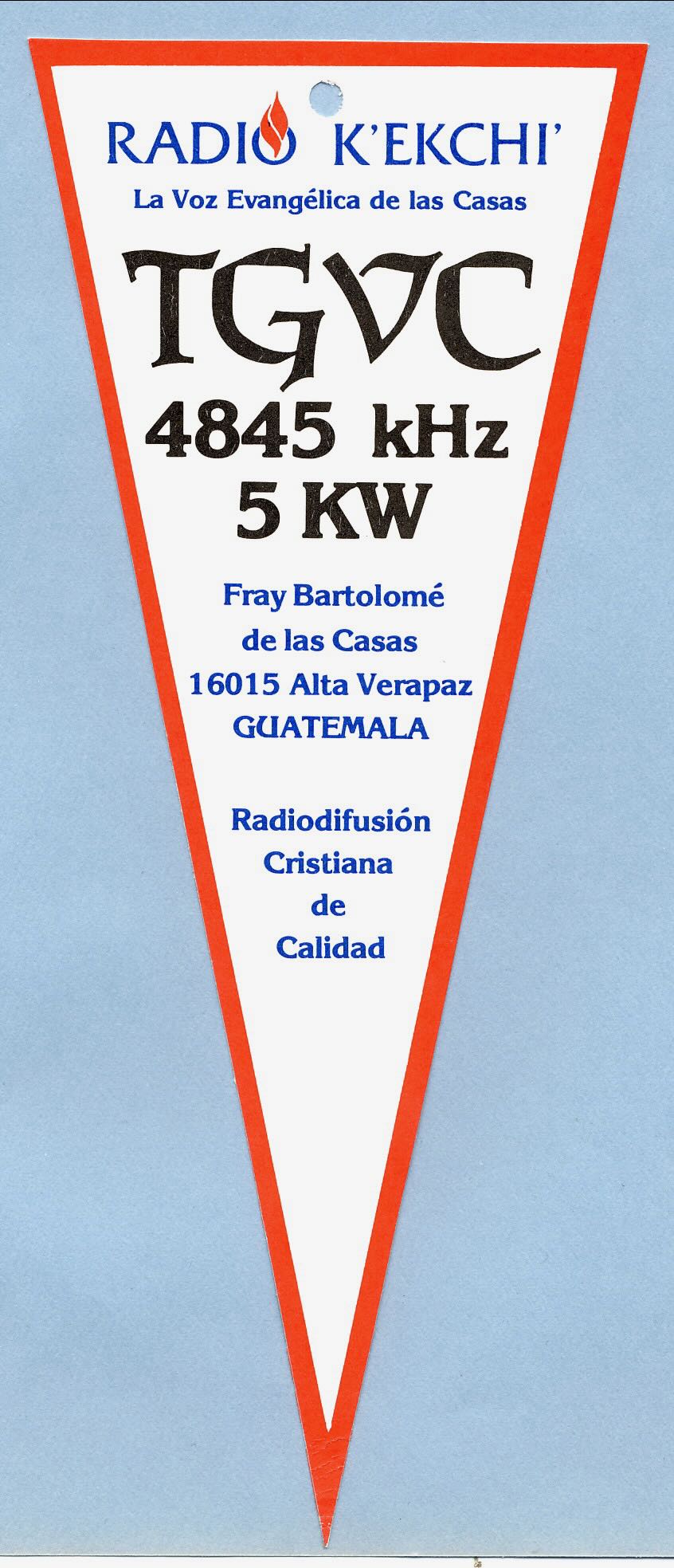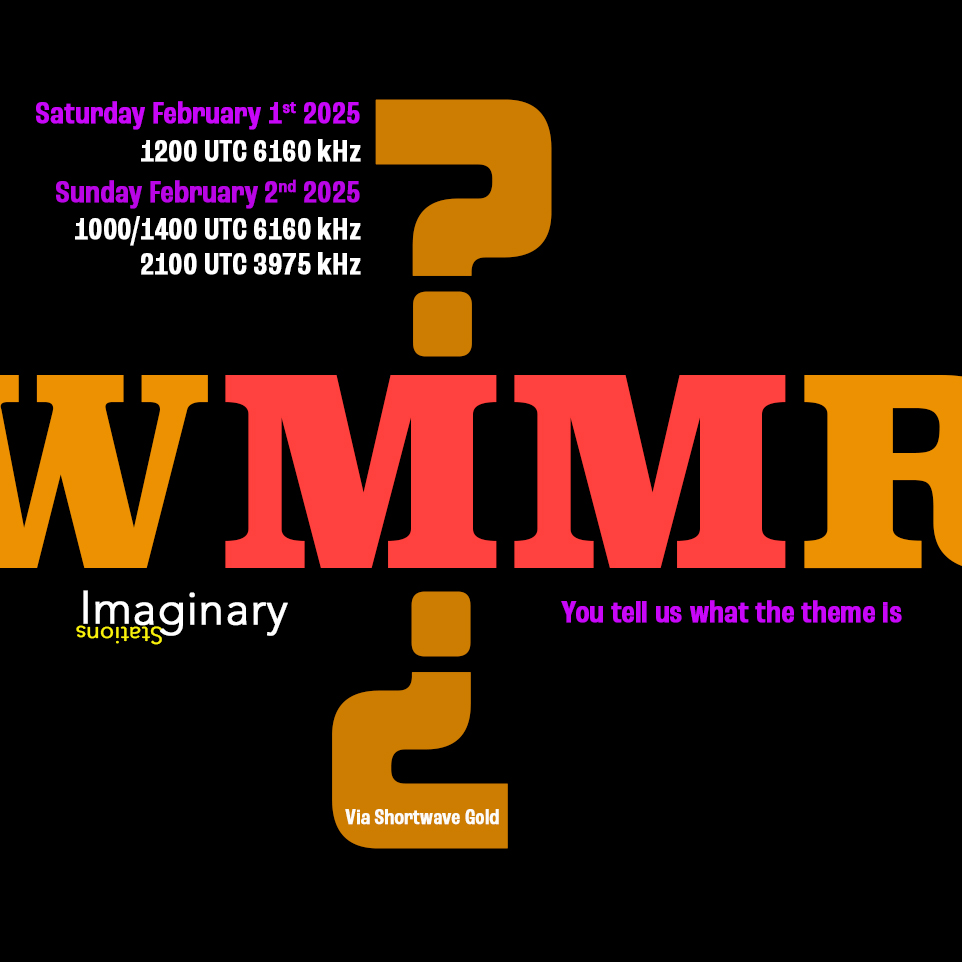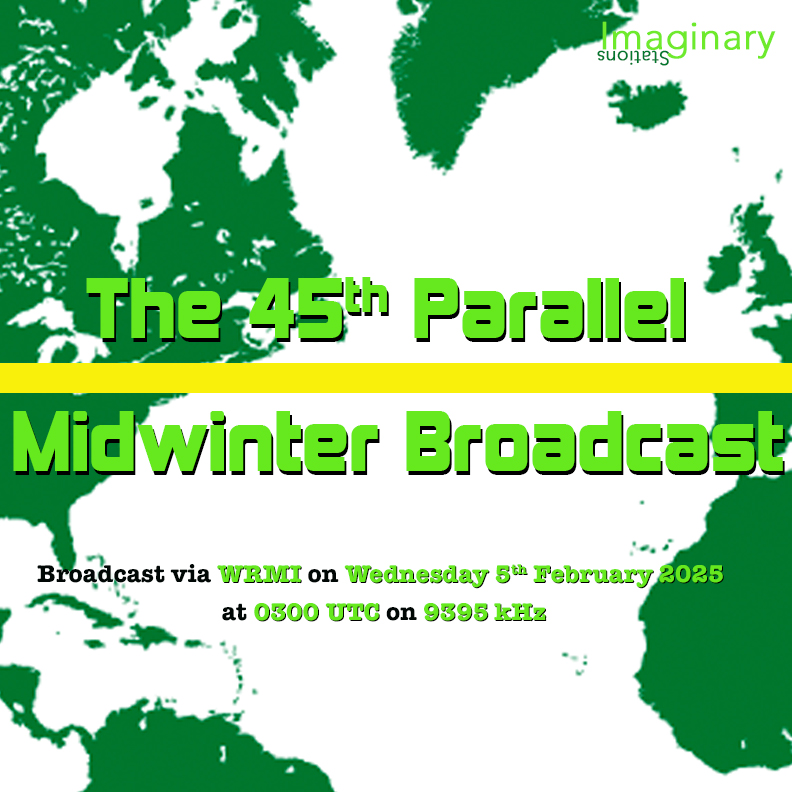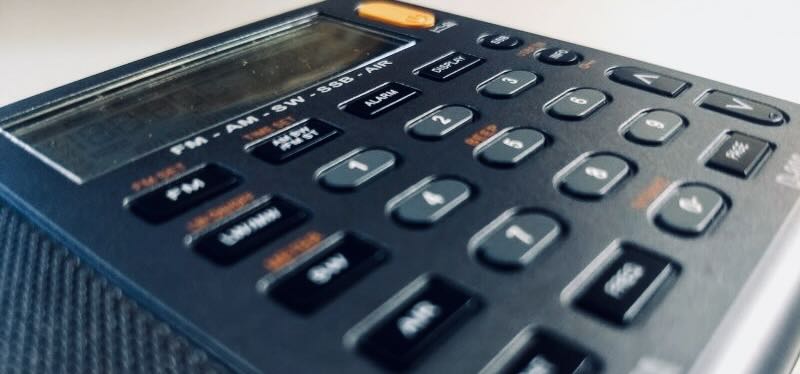Many thanks to SWLing Post contributor Don Moore–noted author, traveler, and DXer–for the latest installment of his Photo Album guest post series:
Don Moore’s Photo Album: Guatemala (Part One) – The East
by Don Moore
More of Don’s traveling DX stories can be found in his book Tales of a Vagabond DXer [SWLing Post affiliate link]. If you’ve already read his book and enjoyed it, do Don a favor and leave a review on Amazon.
I’ve wanted to do a feature on Guatemala ever since starting this series a few years ago. From a cultural perspective it’s one of the most fascinating countries in Latin America. About half the population are indigenous, primarily Mayan, and most of them still speak their own languages. For several decades Guatemala’s religious broadcasters – Roman Catholic and Evangelical Protestant – used many of those languages on shortwave where we DXers were able to hear them.
I made five visits to Guatemala from 1982 to 1984 while in the Peace Corps in Honduras and returned in December 1987 while in graduate school. I spent enough time in Guatemala that there’s an entire section of my Vagabond DXer book filled with stories of my travels and station visits. In this seven-part series you get to see the pictures.
The map below shows the country, minus the sparsely populated northern department of Petén. We’re going to start in the least interesting part of Guatemala, the east. There’s very little indigenous culture left in that region nor much else of interest to the visitor. But you do have to pass through it to get from Honduras to the rest of Guatemala … and there were some radio stations to visit.
The main border crossing between Honduras and Guatemala has always been near Esquipulas in southern Chiquimula department. (That’s where the header photo comes from). But about 40 kilometers to the north is a secondary crossing near the town of Jocotán. In the 1980s, the road was rough and unpaved and the best mode of transportation was hitching a ride in the back of a passing pickup truck. The border consisted of just two wooden shacks, one on each side, minded by bored soldiers. That’s where I entered Guatemala on my second visit in June 1983. Jocotán had a radio station that I wanted to visit.
Eastern Guatemala may not have had much of interest, but the large Mayan ruins of Copán are just across the border in Honduras. The most direct route there from Guatemala City is via Jocotán so typically a few backpackers pass through town every day. I found a room at the Pension Ramirez. At $1.50 a night it was the perfect place for Peace Corps Volunteers, backpackers, and others at the very bottom end of the budget travel scale. I got a bed with sheets that may have been washed within the past week, a table, a chair, and a dim light bulb hanging from the ceiling. The shared bathroom was down the hall. Cold water only. But the Pension Ramirez had one thing that I never encountered at any other such lodging. The owner had a business card.
Jocotán was home to Radio Chortís, a Roman Catholic broadcaster that mostly ministered to the Chortí Indians who lives in the region. As most of the Chortí had assimilated into the dominant Spanish culture the station primarily broadcast in Spanish with just a few hours in the Chortí language each week. Radio Chortís used to put a strong signal into North America on 3380 kHz. The station was part of a mission funded by donations from Belgian and West German Catholics. The studios and offices were in a large complex that also included vocational training facilities and a print shop for the church. That explained why the back of their QSL letters always had a colorful station graphic.
Radio Chortís, 3380 kHz, as heard in Pennsylvania 30 December 1979 at 1152 UTC:
On to Cobán
Early the next morning, I took a bus to Chiquimula, the departmental capital. DXers may recognize the town as the location of Radio Verdad, the last active shortwave broadcast station in Central America. It came on the air long after my time there so I never got to visit the station. In Chiquimula I switched to a bus bound for Guatemala City, but that wasn’t my final destination. I got off at a little crossroads just before the town of El Progreso and then boarded the next bus heading north to Cobán, capital of Alta Verapaz.
In Cobán I planned to visit another Catholic broadcaster, but one with a rather unusual name for a religious station. In the 1520s, the Spanish conquistadores quickly overran most of Guatemala but the Kekchi Indians in their mountainous homeland proved impossible to defeat. The Spanish dubbed the region Tezulutlán from an archaic Spanish phrase that meant “Land of War.”
In the 1540s, the Spanish tried another method to subdue the region, this time allowing Dominican friars under Bartolomé de las Casas to attempt to convert the Kekchi to Catholicism. Where the soldiers had failed the padres succeeded and the newly pacified region was renamed Verapaz, or Land of True Peace. Bartolomé de las Casas was a good man who left a legacy of trying to protect the rights of the Indians in a time of brutal conquest. But he was just one man in a time of boundless greed. He left the region a few years later and the Kekchi were forced into peonage just as the Mayans elsewhere in Guatemala had been.
And so four centuries later when the Roman Catholic diocese in Verapaz, the land of true peace, set up a radio station they named it Radio Tezulutlán, after the land of war. Someone had a keen sense of irony. But maybe there is something symbolic there as well. The Kekchi, after all, have survived as a people with their own language intact. Today they number over half-a-million, or almost eight percent of the Guatemalan people. That Radio Tezulutlán broadcasts primarily in Kekchi, not Spanish, might just be a final victory for the Kekchi.
The next few pictures show the Radio Tezulutlán building and studio from 1983 and the QSL card and pennant that I picked up on my visit. The QSL was for their little-used frequency of 3370 kHz. They mostly used 4835 kHz.
Radio Tezulutlán, 4835 kHz, as heard in Pennsylvania on 24 December 1979 at 1153 UTC:
More Broadcasters in Verapaz
In Santa Bárbara, Honduras, where I was living in 1983, one of the best heard Guatemalan medium wave stations was Cobán’s Radio Norte on 680 kHz. I stopped by in the evening hoping to pick up a QSL but the only person there was a lone announcer who was too busy to help me. I may not have gotten the QSL but I did pick up something that I’ve since come to see as even more valuable.
In my book, I explain how one of the primary sources of income for small town radio stations in that era was reading personal announcements and greetings on the air. The Radio Norte announcer had a stack of forms that listeners had filled out with messages to be read on the air. He was throwing away some that had already been read, so I took one.
The form could be either mailed to the station or hand-delivered, as this one apparently was. The message is a birthday greeting from Imelda to her son Mario Agusto. At the top, the date the message is to be read is listed and the place is listed as San Juan Chamelco. This is important as the announcer would first say something like “Atención! San Juan Chamelco!” to get the attention of listeners in that town. At the bottom are instructions as to when the announcement should be read – the 18:30 marimba music show. The form is a very unique radio station souvenir. I only wish I had taken the entire pile out of the trashcan.
Radio Norte, 680 kHz, recorded in Cobán during my June 1983 visit:
I also made a side trip to the neighboring town of San Pedro Carchá where I got a sort-of-QSL from Radio Imperial on 925 kHz. If you’ve read my book you know that a picture of the secretary would be a lot more interesting than this one of the front door.
A New Shortwave Station
For thirteen years the Roman Catholic church and Radio Tezulutlán had the Kekchi language airwaves all to themselves. But Evangelical Protestantism had been gaining ground in Guatemala for several decades and in 1988 the Evangelical station Radio Kekchi began broadcasting on the shortwave frequency of 4845 kHz. Radio Kekchi must have had friends at the Ministry of Communication as that assigned frequency was just 10 kHz above Radio Tezulutlán’s 4835 kHz. That certainly made it easier to poach listeners from the competition.
In one more bit of strangeness, Radio Kekchi was located sixty-five kilometers northeast of Cobán in the town of Fray Bartolomé de las Casas. So the Evangelical radio station was put in a place named after the priest who originally converted the Kekchi to Catholicism. Maybe the region should be renamed The Land of Irony.
Radio Kekchí, 4845 kHz, as heard in Ohio on 5 September 1988:
Language or Dialect?
In much of the common literature about Guatemala it says that the indigenous people speak Mayan dialects. And back in the day when these stations were active on shortwave, DXers’ loggings often referred to hearing Mayan dialects. But I called Chortí and Kekchi languages, not dialects. What’s the difference?
Linguistically, a dialect is a regional variation of a language. The different dialects of a language are always mutually intelligible. American and Britons speak different dialects of English but have no trouble understanding one another except for the occasional confusion over a word or phrase. Speakers of Spanish and Portuguese can understand one another a little bit but not enough to have a real conversation. Those are distinct languages.
On the other hand, Danes, Norwegians, and Swedes have no trouble carrying on a conversation with each speaking their own language. That’s because linguistically they are speaking dialects of the same language. So why are Danish, Norwegian, and Swedish considered different languages? Linguist Max Weinrich once explained “a language is a dialect with an army and a navy.” He might have added an economy, a government, and international respect.
Languages spoken by people who are held in low prestige are often called dialects not for any linguistic reason but simply out of prejudice. It’s a subtle way of indicating these people and their culture are of less importance. This is true not only of Guatemala’s indigenous languages but of many others around the world. Chortí, Kekchi, Quiché, Cakchiquel, and all the other two dozen indigenous languages of Guatemala are just as distinct from one another as are Spanish, French, and Italian. So show them some respect. Call them languages, not dialects.
A DX Oddity
Let’s end part one of this series with an unusual bit of radio history. Aeronautical beacons are stations that broadcast a short morse code identifier over and over. Pilots use them for direction finding in lining up with the runway during bad weather. Today these are only found in the longwave band but there used to be a handful of Latin American beacons on frequencies just above the old top of the medium wave band. One of those was RAB on 1613 kHz at Rabinal, about 45 kilometers south of Cobán. It used to be an easy catch all over North America, but here’s a recording I made of it in nearby Honduras.
Beacon RAB, 1613 kHz, as heard in Santa Bárbara, Honduras, on 12 November 1982 at 0508 UTC:
Next: Part Two – Guatemala City
Links
- Facebook page for Radio Chortí (at some point they dropped the ‘s’ from the name). The station is now FM only.
- Facebook page for Radio Tezulutlán, now on FM only.
- Facebook page for Radio Kekchi, now on FM only.
- Wikipedia Article with Map on the Languages of Guatemala
- Languages versus Dialects
- The Sociolinguistics of Guatemalan Indian Languages and the Effect on Radio Broadcasting is a paper I wrote in 1989 while doing my M.A. in Applied Linguistics at Ohio University.
- The border crossing near Jocotán today on Google Street View. The road has been paved and it’s now busy with traffic.

